Accelerating performance often means implementing change, and usually involves communicating that change and convincing others to help you. Much theory has been written about how to enact change, so let’s get practical. How can you use simple tools to help guide you through the process?
First, define the specific change you seek.
What is the precise desired end result? For example, let’s say you are trying to roll out a new reporting process. What metric or milestone defines the success of the roll out? What does it look like when the new process is successfully completed?
Second, identify individuals that will be impacted by the change.
The individuals affected may be from both internal teams or departments and external stakeholders. Using the example of rolling out a new reporting process, identify the individuals who create, process, send and utilize the data both internally and externally. Even if the touchpoint to the new process is small, include the individual to get a robust picture of those involved.
Third, make a chart.
List everyone impacted by the change. For each person identified, answer a few key questions:
o When the change is successfully completed, how is this individual impacted? Try to be as specific as possible and think about how their day to day work changes, including how it affects the way they spend their time and resources, and how it impacts their personal goals. Rate the impact on a scale of negative to positive.
o During the process of the change, how is this individual impacted? Think about how they may feel, how it interacts with other initiatives they participate in, and how it affects their day to day work. Rate the impact on a scale of negative to positive.
o Based on what you have seen, how supportive is this individual of the change initiative? Consider not only what they have said, but also how they behave when discussing the initiative and whether their actions are consistent with enacting the change. Rate their support on a scale of negative to positive.
o Based on your assessment thus far, what do you need to do to leverage or build on this person’s support? If the person is supportive, how could they help you create support in others? If the person is not supportive, how will you communicate the case for change or help them see the benefits?
This chart can serve as a starting point to see patterns and get specific ideas to enhance support for your change initiative. You can add more categories and more nuance, but a simple tool like this can be invaluable when you need to organize your thoughts and develop a concrete plan.

How would you customize this simple tool to make it work for you?
Lauren Meagher, Managing Partner and Founder of Evolute Consulting, is an ICF certified executive coach and strategic advisor passionate about helping leaders and businesses accelerate performance distinctively. She founded Evolute to share her expertise in leadership, team development and execution. For additional questions and comments, Lauren can be reached at lauren@evoluteconsult.com



